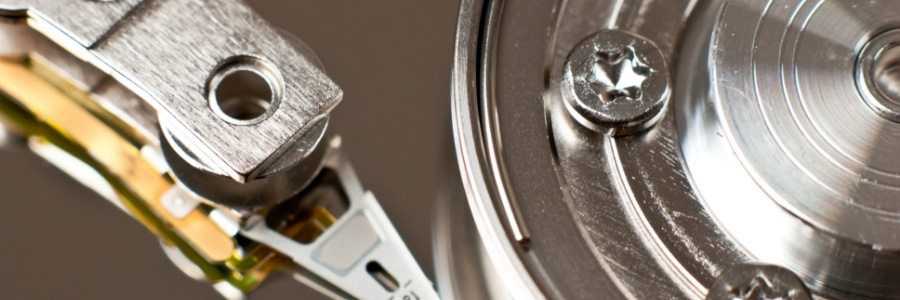
Keeping your computer running at peak performance is crucial to smooth business operations. Fortunately, there are plenty of methods and tools available to keep your PC in tip-top condition. One of these is Disk Cleanup, a powerful yet often overlooked solution that can give your PC a significant boost. In this article, we’ll break down what the Disk Cleanup tool is and how you can easily use it to optimize your computer’s storage space and keep it running smoothly.
What is Disk Cleanup?
The Disk Cleanup program is like a digital janitor for your computer, specifically designed to help you reclaim storage space by getting rid of temporary and unneeded files. These files typically include outdated installation files, log files, internet history, cache, old system error reports, saved points, downloaded offline content, and more. Essentially, Disk Cleanup tidies up the mess your system accumulates over time, leaving you with more room for important files.
This tool is especially handy for those dealing with huge files or managing large amounts of data since it easily clears out unnecessary clutter, ensuring your system runs smoothly.
How can you use the Disk Cleanup tool?
Running the Disk Cleanup tool is a breeze, and you can choose from two easy methods:
Option 1: Via the Start Menu
- Open the Start menu on your Windows PC.
- Search for “Disk Cleanup.”
- Select the drive you want to clean up.
Option 2: Via File Explorer
- Open File Explorer on your computer.
- Right-click on the drive you want to tidy up.
- Click on Properties and select Disk Cleanup.
Once you’ve chosen your desired drive, select the file locations you want to clean. The Disk Cleanup program will then identify files that are safe for deletion. For each file location, you’ll see the amount of occupied disk space. Clicking on a file location gives you a brief description of the files, ensuring you know exactly what you’re deleting.
To free up even more space, you can opt to delete system files by clicking Clean Up System Files. After selecting all necessary locations, click OK.
It’s recommended to restart your system after Disk Cleanup to ensure that unnecessary Windows Update files are deleted.
What are the advantages of using Disk Cleanup?
When was the last time you gave your computer a thorough cleanup? The following benefits of using Disk Cleanup may encourage you to do so:
- Optimize storage and performance – Disk Cleanup frees up valuable space on your hard drive, allowing you to store critical business data and applications without running out of room. It also optimizes disk access for faster processing and a smoother, more responsive user experience.
- Enhance system stability and security – By removing unnecessary files and clutter, Disk Cleanup minimizes the risk of system crashes and potential security vulnerabilities. A clean system operates more reliably and protects sensitive information from unauthorized access.
- Boost productivity and efficiency – Decluttering your system with Disk Cleanup simplifies file management and reduces your time spent searching for documents or navigating through redundant files. This translates to increased productivity and a more efficient workflow for your team.
- Enjoy cost and time savings – Reclaiming disk space makes your PC run faster, so you can get more work done in less time. And by doing so, you may realize that you don’t need a new hard drive or computer, saving you money on new hardware.
The next time you notice your computer running a bit slower, consider using the Disk Cleanup tool. If you need help with managing your IT needs, reach out to us today to learn more about our IT services.

